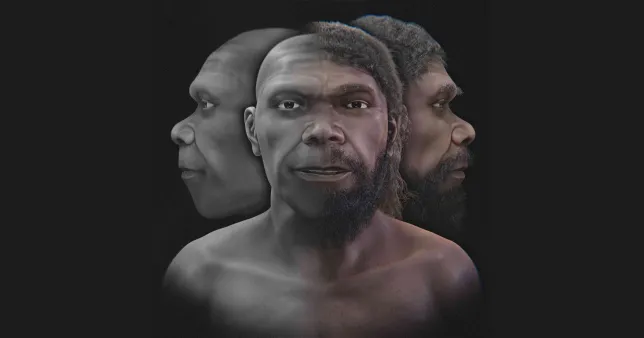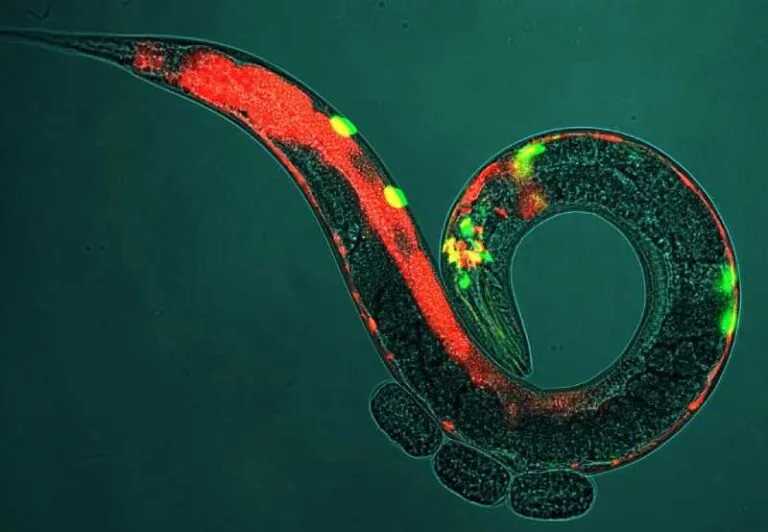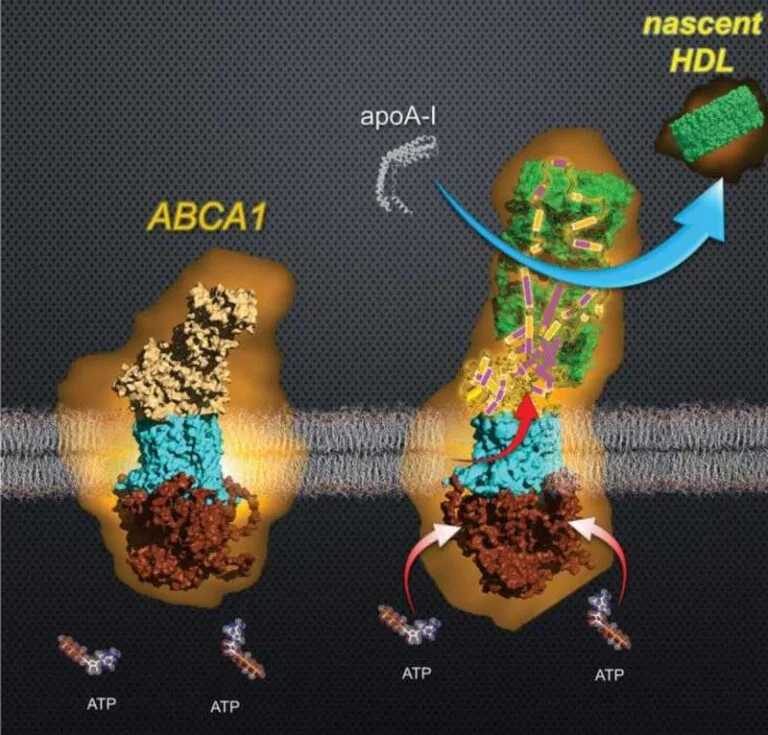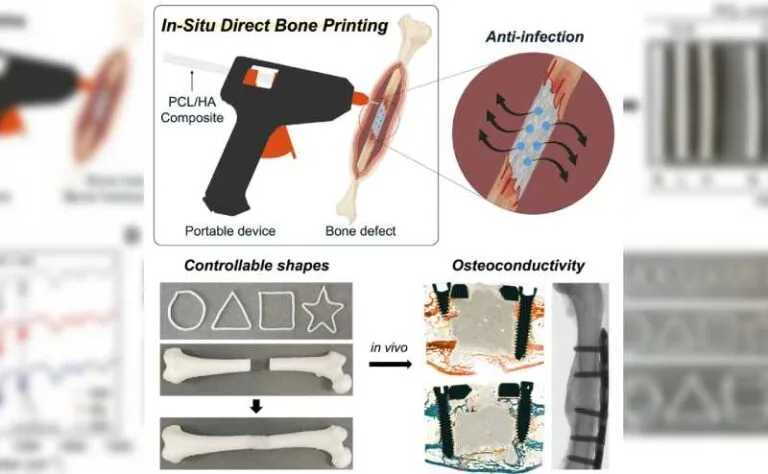Oldest Known Human Face Reconstructed

If you’ve ever wondered what your ancestors looked like 300,000 years ago, look no further. The face of the oldest known human has been reconstructed for the first time, revealing a man described as ‘strong and serene’. This remarkable reconstruction was created by Brazilian graphics expert Cicero Moraes, who used a 3D scan of a skull to bring our ancient relative back to life.
The Discovery of Jebel Irhoud

The fossils that Moraes worked with came from the Jebel Irhoud remains, named after the site in Morocco where they were found. These remains have significantly altered our understanding of human evolution, proving that Homo sapiens evolved 100,000 years earlier than previously thought. Discovered in the 1960s, the Jebel Irhoud fossils were initially estimated to be around 40,000 years old. However, subsequent research and new dating techniques in the 1990s and 2017 revealed their true age to be approximately 300,000 years old.
Reconstructing the Face

Moraes’ process began with a 3D scan of the skull, provided by researchers from the Max Planck Institute. Using a technique known as facial approximation, Moraes mapped the 3D skull diagram onto a ‘donor’ skull prototype, which was based on an adult male with a low body mass index. This process involved anatomical deformation and the use of modern human data to predict the thickness of soft tissue and the likely projection of facial features such as the nose.

Brazilian graphics expert Cicero Moraes gave the skeleton a male face because he found the skull to be masculine. Credit: Cicero Moraes/Pen News
“The final face is the interpolation of all this data, which generates two groups of images,” said Moraes. “One objective, with more technical elements, without hair and in greyscale, and the other artistic, with pigmentation of the skin and hair.”
Anatomical Insights
The reconstructed face is a composite of various fossils, meticulously recreated into a coherent whole. According to the Max Planck Institute, the Jebel Irhoud remains exhibit a modern-looking face and teeth but possess a larger, more archaic-looking braincase. This indicates that while the facial features had evolved to resemble modern humans, the braincase was still undergoing significant evolutionary changes.

Moraes compared the Jebel Irhoud skull to another significant find, the Skhul V skull from northern Israel, which dates to roughly 180,000 years later. “The Jebel Irhoud skull has some characteristics compatible with Neanderthals or Homo heidelbergensis,” he noted. This comparison underscores the evolutionary journey of Homo sapiens, highlighting both the differences and compatibilities in skull and facial structures over millennia.
Implications for Human Evolution
The Jebel Irhoud discovery has profoundly impacted our understanding of human evolution. Jean-Jacques Hublin of the Max Planck Institute remarked, “We used to think there was a cradle of mankind 200,000 years ago in East Africa. In fact, what we found was that Homo sapiens spread across the entire African continent even earlier, around 300,000 years ago.”
This revelation challenges the previously held notion that the earliest Homo sapiens emerged solely in East Africa. Instead, it suggests a more widespread distribution of our ancestors across the African continent.
A Historical Milestone
The reconstruction of the Jebel Irhoud face not only provides a visual representation of our oldest known ancestor but also serves as a reminder of the dynamic and intricate history of human evolution. As Moraes eloquently put it, “This discovery placed our species in a historical time 100,000 years earlier than previously imagined. It is currently the oldest Homo sapiens, dating to approximately 315,000 years before present.”

The Jebel Irhoud remains have rewritten the timeline of human history, offering a fascinating glimpse into the distant past and the faces of those who came before us. Through the work of experts like Moraes, we can connect with our ancient ancestors in a profoundly tangible way, bridging the gap of hundreds of thousands of years with the power of modern technology and scientific ingenuity.






